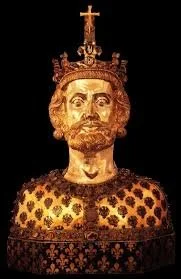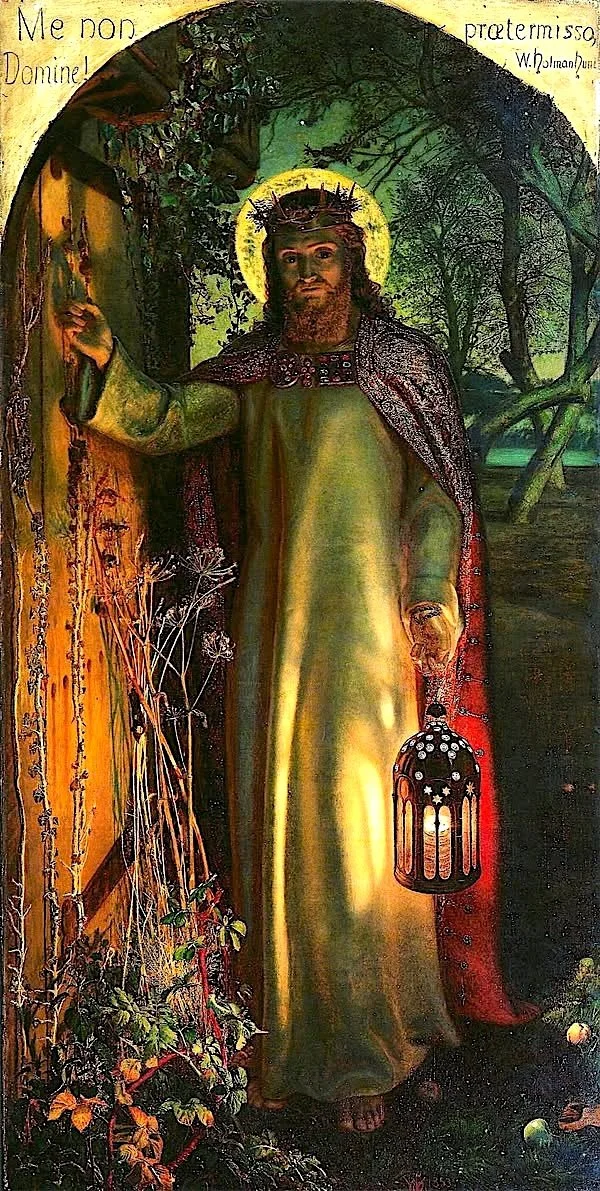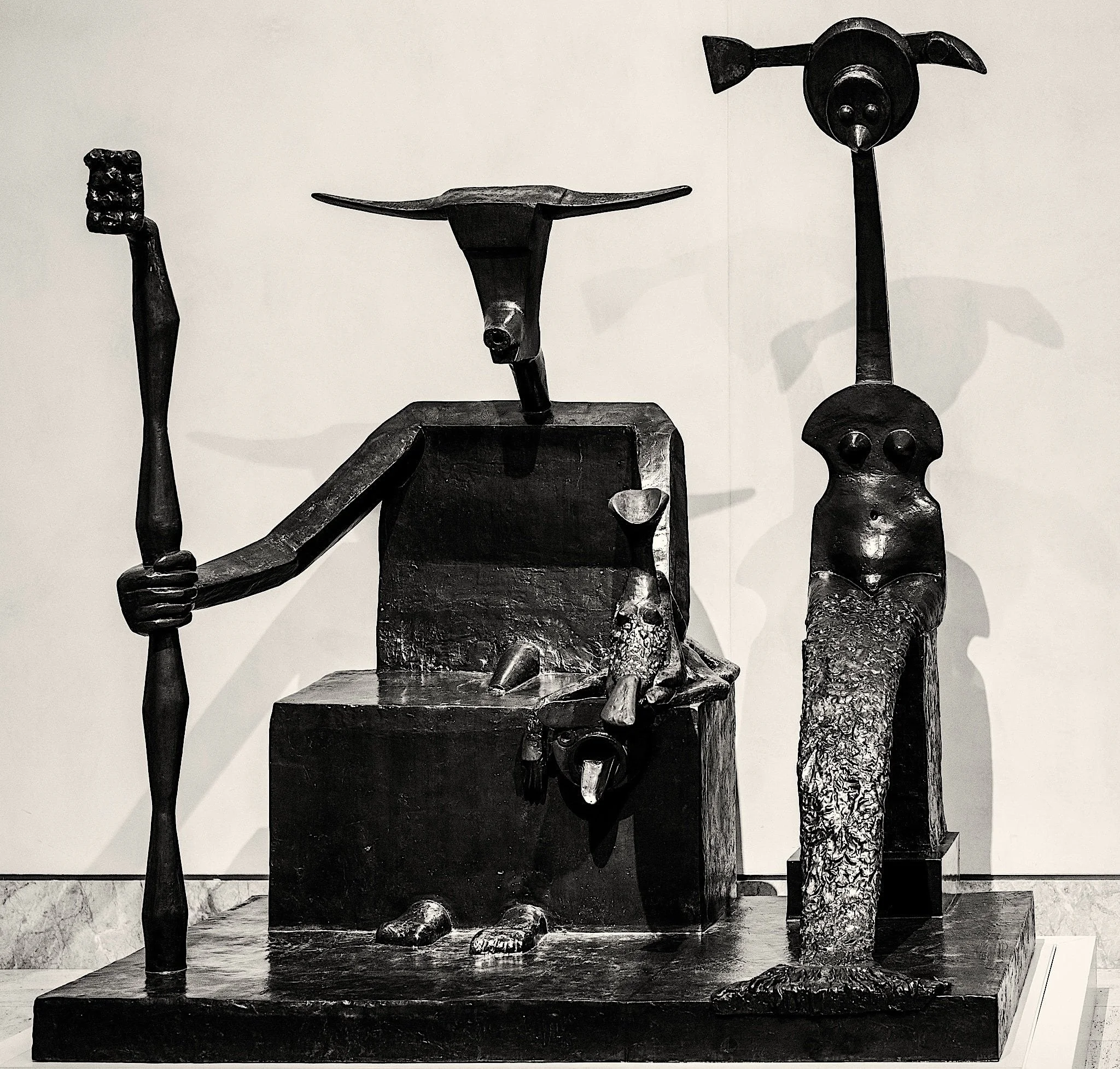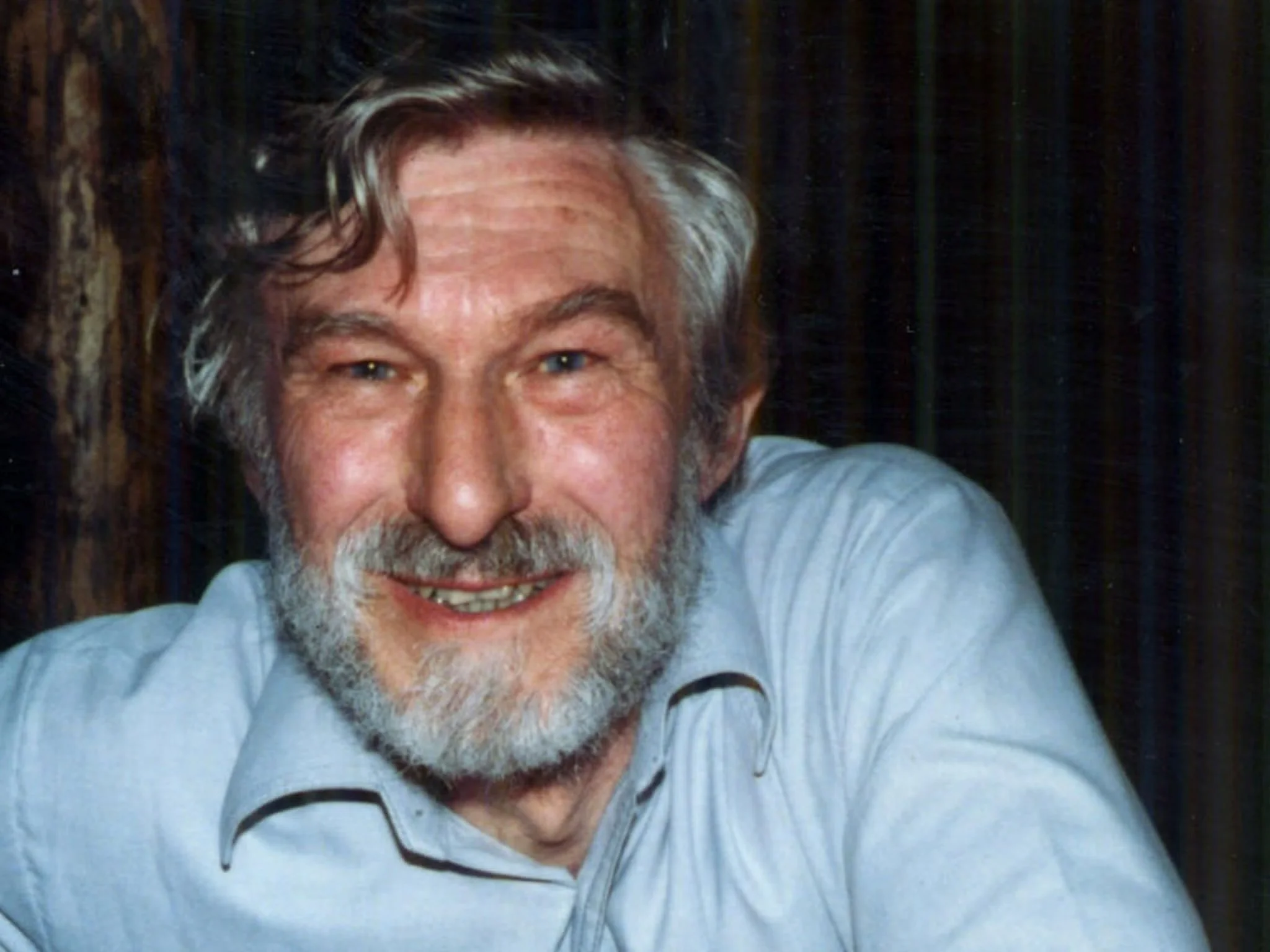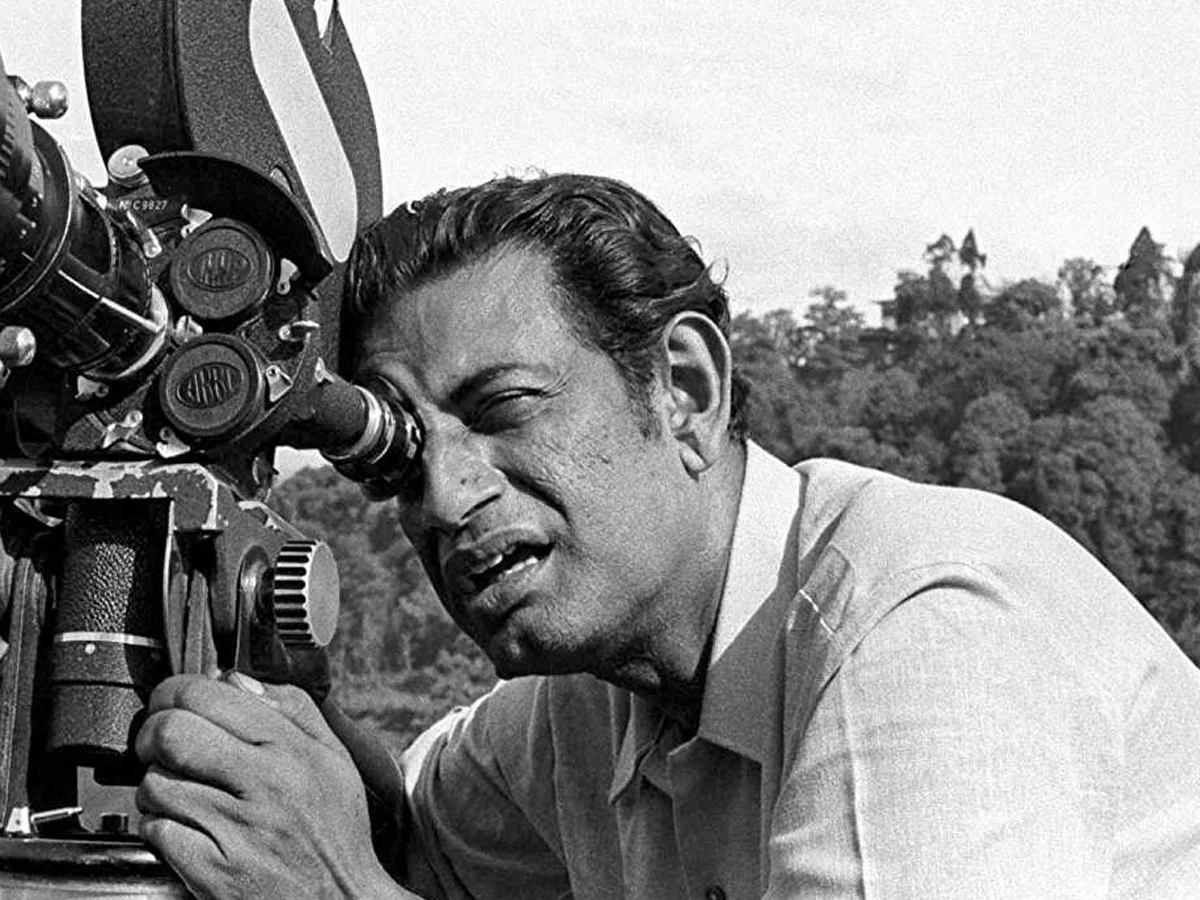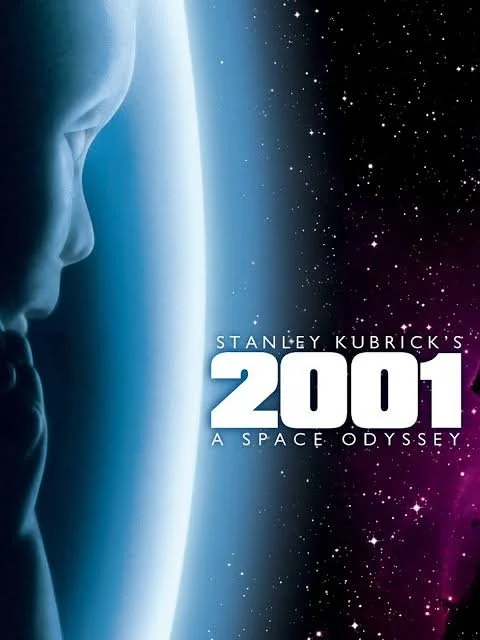APRIL 2
CHARLEMAGNE (April 2, 742/747/748)
April 2 is the birthday of "The Father of Europe," CHARLEMAGNE (742/747/748– 814).
To celebrate, check out "Aachen Cathedral (Aachener Dom) built by order of Charlemagne in 796 AD. Aachen was the unofficial capital of the Carolingian and Holy Roman Empires. From 936-1531 it served as the place of coronation for thirty German kings and twelve queens. The Cathedral houses Charlemagne's relics, Charlemagne's throne, the Cross of Lothair, the Roman proserpina sarcophagus, Mary's cloak, Christ's clothes, St. John the Baptist's cloth, and many other priceless relics and artworks."
HANS CHRISTIAN ANDERSEN (April 2, 1805)
April 2 is the birthday of beloved Danish fairy tale author HANS CHRISTIAN ANDERSEN (1805-1875).
"Life itself is the most wonderful fairy tale."
"Just living is not enough... one must have sunshine, freedom, and a little flower"
Anderson's "fairy tales, consisting of 156 stories across nine volumes, have been translated into more than 125 languages. They have become embedded in Western collective consciousness, accessible to children as well as presenting lessons of virtue and resilience in the face of adversity for mature readers. His most famous fairy tales include 'The Emperor's New Clothes,' 'The Little Mermaid,' 'The Nightingale,' 'The Steadfast Tin Soldier,' 'The Red Shoes,' 'The Princess and the Pea,' 'The Snow Queen,' 'The Ugly Duckling,' 'The Little Match Girl,' and 'Thumbelina.' His stories have inspired ballets, plays, and animated and live-action films." (Wikipedia)
WILLIAM HOLMAN HUNT (April 2, 1827)
April 2 is the birthday of British painter and one of the founders of the Pre-Raphaelite Brotherhood WILLIAM HOLMAN HUNT (1827-1910).
"His paintings were notable for their great attention to detail, vivid color, and elaborate symbolism. These features were influenced by the writings of John Ruskin and Thomas Carlyle, according to whom the world itself should be read as a system of visual signs. For Hunt it was the duty of the artist to reveal the correspondence between sign and fact. Of all the members of the Pre-Raphaelite Brotherhood, Hunt remained most true to their ideals throughout his career." (Wikipedia)
So see examples of Hunt’s art, CLICK HERE.
MAX ERNST (April 2, 1891)
April 2 is the birthday of surrealist painter and sculptor MAX ERNST (1891-1976)
"The 2nd of April (1891) at 9:45 a.m. Max Ernst had his first contact with the sensible world, when he came out of the egg which his mother had laid in an eagle's nest and which the bird had brooded for seven years."
"Art has nothing to do with taste, art is not there to be 'tasted'."
Ernst "was a primary pioneer of the Dada movement and surrealism in Europe. He had no formal artistic training, but his experimental attitude toward the making of art resulted in his invention of frottage—a technique that uses pencil rubbings of textured objects and relief surfaces to create images—and grattage, an analogous technique in which paint is scraped across canvas to reveal the imprints of the objects placed beneath. Ernst is noted for his unconventional drawing methods as well as for creating novels and pamphlets using the method of collages. He served as a soldier for four years during World War I, and this experience left him shocked, traumatised and critical of the modern world. During World War II he was designated an "undesirable foreigner" while living in France." (Wikipedia)
To see examples of Ernst’s work, including Capricorn in Kansas City’s Nelson-Atkins Museum of Art, CLICK HERE.
JOHN ALBERT "JACK" STOKES (April 2, 1920)
April 2 is the birthday of British animator JOHN ALBERT "JACK" STOKES (1920-2013).
"In 1965 TVC produced an animated series for US television entitled simply The Beatles which, although it was very successful in the United States was never shown on British television. Following on from this, Stokes was commissioned to create animations for the title sequences of the Beatles' 1967 film, Magical Mystery Tour. Then in 1968, along with Bob Balser, he created his most well-known animations, from the work of illustrator Heinz Edelmann, for the film YELLOW SUBMARINE, directed by Dunning." (Wikipedia)
SATYAJIT RAY (April 2, 1921)
April 2 is the birthday of the great Indian film director SATYAJIT RAY (1921-1992).
"The director is the only person who knows what the film is about."
Ray "was an Indian filmmaker, screenwriter, documentary filmmaker, author, essayist, lyricist, magazine editor, illustrator, calligrapher, and music composer. Widely considered one of the greatest filmmakers of all time, Ray is celebrated for works such as The Apu Trilogy (1955–1959), The Music Room (1958), The Big City (1963) and Charulata (1964)." (Wikipedia)
THIS DAY IN HISTORY
2001 PREMIERE
THIS DAY IN HISTORY: On April 2, 1968, Stanley Kubrick's 2001: A SPACE ODYSSEY had its premiere.
"The film is noted for its scientifically accurate depiction of space flight, pioneering special effects, and ambiguous imagery. Sound and dialogue are used sparingly and often in place of traditional cinematic and narrative techniques. The soundtrack incorporates a number of pieces of classical music, among them Also sprach Zarathustra by Richard Strauss, 'The Blue Danube' by Johann Strauss II, and works by Aram Khachaturian and György Ligeti.
The film received diverse critical responses ranging from those who saw it as darkly apocalyptic in tone to those who saw it as an optimistic reappraisal of the hopes of humanity. The film garnered a cult following and became the highest-grossing North American film of 1968. It was nominated for four Academy Awards; Kubrick won for his direction of the visual effects.
2001: A Space Odyssey is widely regarded as one of the greatest and most influential films ever made. In 1991, it was deemed 'culturally, historically, or aesthetically significant' by the United States Library of Congress and selected for preservation in the National Film Registry. In 2010, it was named the greatest film of all time by The Moving Arts Film Journal." (Wikipedia)

